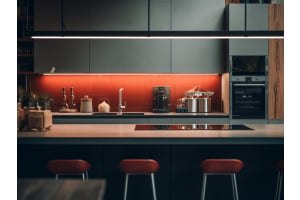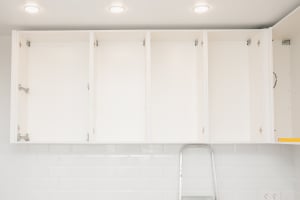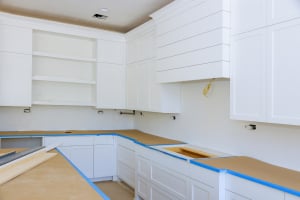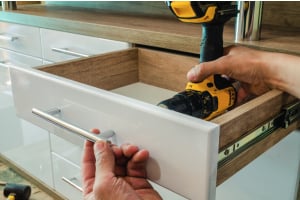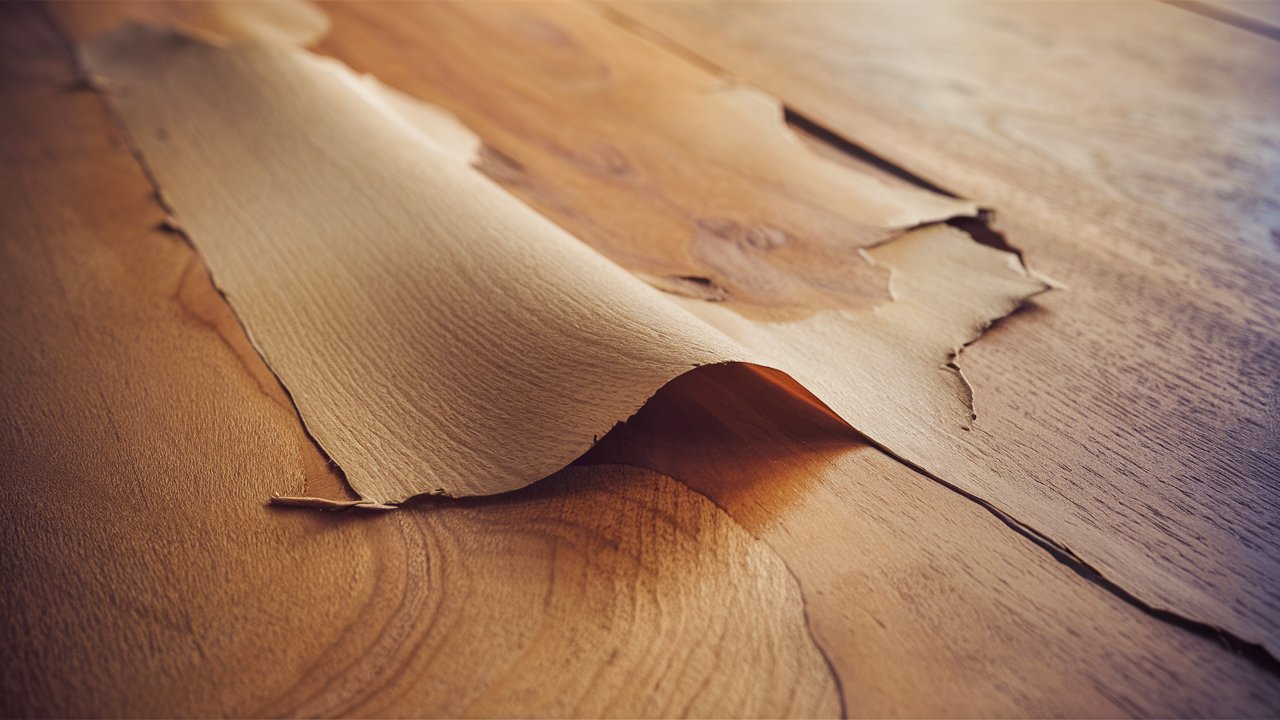
Wood veneer is a popular choice in furniture and interior design. Its durability, affordability, and elegance make it a true game-changer. When you’re out shopping for furniture or paneling, it’s wise to know whether the wood is solid or veneer so you are charged appropriately.
To determine if wood is veneer, you need to look at a few key indicators. Start by examining the weight; solid wood is significantly heavier than veneered wood. Next, check the grain by running your hand over the surface–solid wood has a consistent grain pattern and texture, whereas veneer may have a visible seam at the edges where the thin layer of wood is glued onto a substrate like MDF or particleboard.
The finish is another clue; veneer typically has a uniform, prefinished appearance, while solid wood may have natural imperfections. Understanding these differences is essential, especially given the various types of wood veneer available, such as rotary-cut, sliced, and sawn veneers. Each type offers different aesthetic and structural qualities, making veneer a versatile and popular choice in furniture and interior design.
What Is Wood Veneer?
Wood veneer is a multi-layered wooden material that includes a thin layer of wood glued onto a wooden, particle, or medium-density fiberboard known as ‘MDF.’ The final finish feels and looks like solid wood even though it is made largely with other materials.
It is commonly used on the surfaces of large pieces of furniture like tables, wardrobes, cabinets, and flooring. Wood veneer wall panels are also a popular interior design choice, especially for those on a budget.
Unlike wood veneer, solid wood furniture is created from large pieces of solid wood. It is not hollow and contains no fibers from other materials, fillers, or adhesives; it is made from a chunk of wood left intact after cutting down a tree.
How to Tell Solid Wood From Veneer
Because both solid wood and veneer look strikingly similar at first glance, it is important to be sure of which material is being used for your renovation project. Here are three simple ways you can tell the difference between solid wood and wood veneer:
Weight
Because solid wood is not hollow, it is much heavier than veneered wood. This makes it difficult to move wood pieces around.
Grain
If a piece is made from solid wood, you will be able to feel the grain in its texture by touching the surface. An additional tip is to study the direction of the grain, as well.
If the grain on the side of the piece does not match that on the top, the wood is probably veneered. If you look carefully at the top edge of the side of a surface, you may actually see the seam of the veneer layer that’s glued on top of the wood below.
Natural Finish
One way to know whether the wood is solid or veneer is to observe and feel the finish of the wood. Because veneer wood is prefinished, its appearance is uniform. Solid wood pieces tend to have imperfections and unfinished sections called ‘stud pieces,’ usually in hidden places, such as the underside of a table.
Is Veneer Better Than Solid Wood?
If you are unsure whether to go for solid or veneer wood, you need to know the benefits of both to decide which one suits you and your project the best. As is the case with all home furnishing and interior design decisions, this one also depends on your taste, preferences, and budget.
If you have the budget and want something classy and timeless, opt for solid wood. It comes in an array of different wood forms, so it is versatile and offers plenty of room for customization.
Furthermore, if you have a taste for unique pieces, solid wood might be just what you need. A craftsman has much more freedom when working with wood than any other material. In fact, there are essentially infinite creative possibilities with solid wood.
On the other hand, veneer is gaining popularity because it has a few important advantages over traditional solid wood. Not only is it more durable and as aesthetically pleasing as solid wood, but it is also budget-friendly. For instance, 27estore has a wide variety of veneer wood panels, with a starting price as low as $19.75 per square foot.
If you want to play your part as a responsible citizen, it’s a good idea to choose veneer wood. It is far more eco-friendly than solid wood because fewer trees are cut to produce it.
Veneer furniture is also more lightweight and easy to move around. This means if you are someone who likes to rearrange pieces on a regular basis, veneer wood might be a more convenient option for you.
Moving Forward
Remember, there are three simple ways to tell if wood is veneer. Move it around and gauge its weight, observe the finish, and feel its grain. For more helpful information, be sure to read our posts on how to paint veneer paneling and what a veneer wall is!



